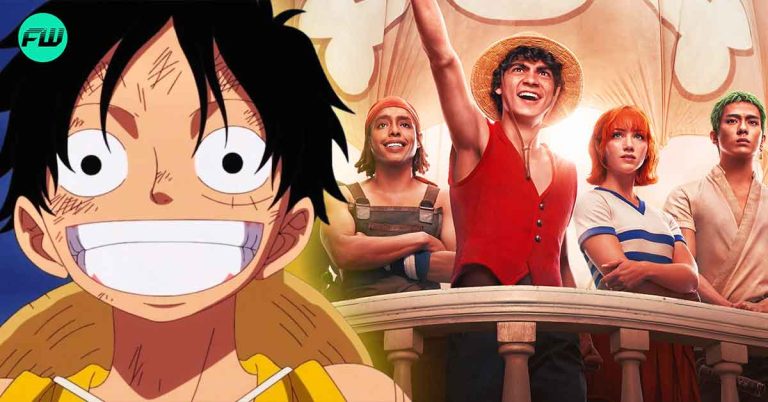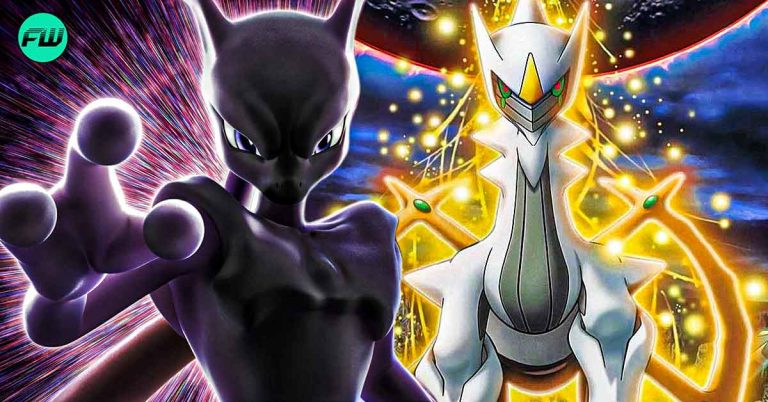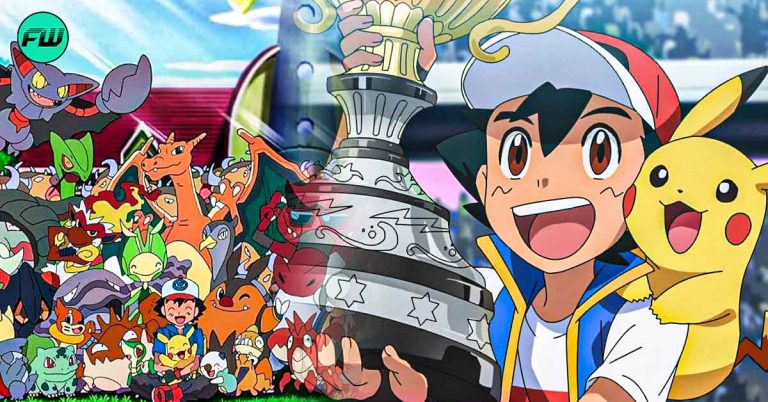For years, the age-old debate of ‘who does it better’ has raged. Dedicated anime enthusiasts believe that Japanese anime is the greater art form and that it is light years ahead of western animation. These animation techniques are so advanced that we’d love to list out five reasons why anime is way better and ahead of western animation.
1. More than enough episodes to watch

Japanese anime’s sheer amount of episodes consistently outnumber Western animation. With hundreds of episodes allowing a plot to move through multiple story arcs, there is more to watch, which is a significant advantage in this age of binge-watching and streaming.
Japanese anime is faster and cheaper to produce because of its constrained animation style, allowing companies to produce episodes at an incredible rate. For example, Fairy Tail, an enormously successful anime, has nine seasons with a total episode count of 328, not adding the count for the current season, Fairy Tail 100 Years Quest.
2. Gives hybrid storylines for all age groups
Western animation is divided into two categories: animation for children and animation for adults. The perception that cartoons are just for children has begun to fade thanks to the efforts of Dreamworks, Disney, and Pixar with their family films, but there is still a significant age difference in what people watch on television. Adult programs are often crass jokes, whereas children’s shows are lighthearted, adventure-filled, and avoid taboo issues like death and war–with noteworthy exceptions like Avatar: The Last Airbender and Steven Universe.
Japanese animation occupies a middle ground, with complex, beautiful storylines that aren’t afraid to confront reality. Fullmetal Alchemist: Brotherhood is an anime that achieves this exceptionally well and is liked by both adults and children.
3. Fills in for every genre
The sheer diversity of Japanese anime considerably outnumbers that of Western animation. Japanese anime offers something for everyone, continuously pushing the genre limits with series targeting numerous demographics, including many that Western animation just does not advertise for, such as Seinen anime, which is geared exclusively at ages 15-24.
From the cyberpunk space-western Cowboy Bebop to the dark fantasy psychological thriller Madoka Magica, there is something for everyone. Certain Japanese animes, like the popular Yuri On Ice, depict LGBT romances, a genre that is almost non-existent in Western animation.
4. Better character designs
Because of the limited animation technique, Japanese anime can afford more elaborate character designs, but Western animation keeps things basic, frequently basing its models on forms.
Compare the popular Western series Adventure Time to an anime of a similar genre, such as Hunter X Hunter–the degree of detail is vastly different. Anime characters are extremely appealing to fans for fan art and cosplay.
5. Unmatched character development
Most Western animation screenplays follow a pattern: at the end of each episode, the characters return to their previous state. This might be ascribed to Networks wanting to be able to air repeats without having to be cautious about episode sequence, or to certain shows just not caring about continuity; either way, it has become a stereotype that the status quo remains constant until perhaps the final episode.
Characters in anime grow and evolve, and the changes are frequently permanent. They learn and develop, which makes for a lot more engaging tale for the spectator than if everything stayed the same. Fruits Basket characters have profound, emotional character development, and even though the program is just in its second season, the famous manga promises more to come.













